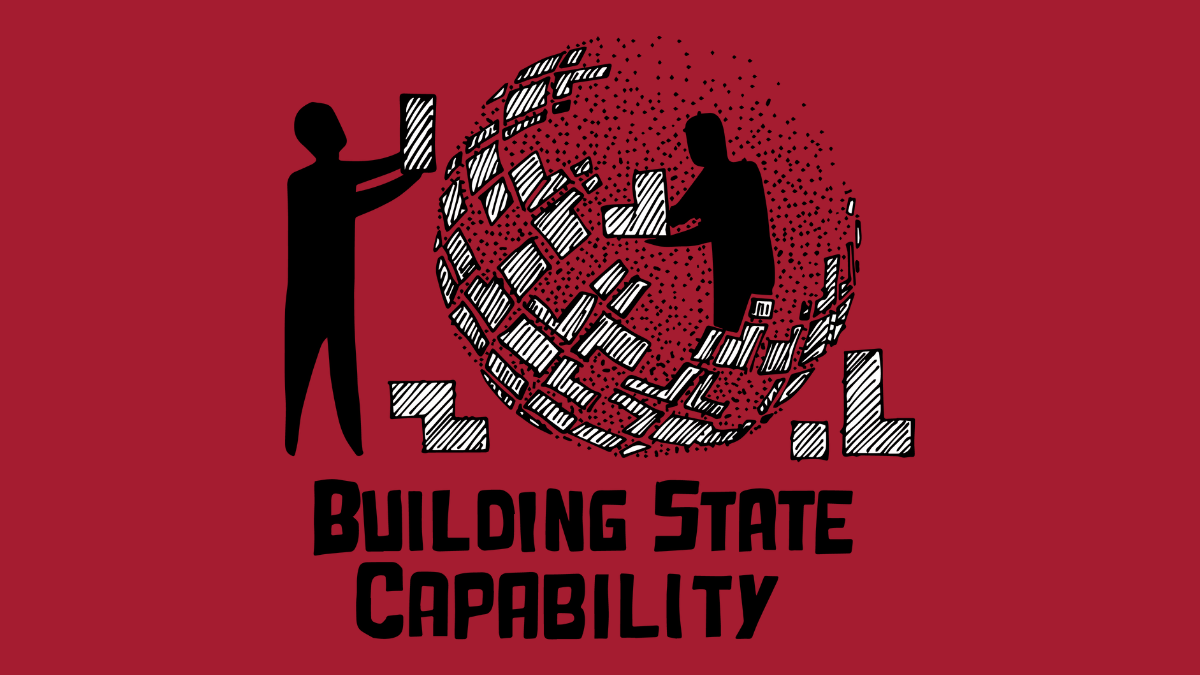Guest Blog by Lucy Peace Nantume, Robinah K Manoba, Maurice Olupot, Rebecca Kukundakwe.
This is a team of four development practitioners working for the Democratic Governance Facility (DGF) in Uganda. They successfully completed the 15-week Practice of PDIA online course that ended in May 2019. This is their story.
As employees of a donor agency aimed at building state capability in various areas, PDIA had become for us a catchy frequently used acronym in the organization although honestly speaking most didn’t know exactly what it entailed. Some focused on cramming what it meant in full so that when called upon we would appear to know it while others had resigned to viewing it as the new “in thing” till it gets dropped and a new concept comes along.
Against that background, an opportunity to get more insights into PDIA was thus an idea worth pursuing. The past 15 weeks of the PDIA course have brought out a mixture of feelings both individually and as team ranging from the positive (excitement, joy) to the negative (disillusionment, disappointment).
It wasn’t hard to agree on a name for our team and sign up. Since initially it seemed like the four of us were the only ones interested, we adopted the organization acronym and thus the name “TEAM DGF”. Later we learnt that other colleagues also formed a team thus the organization was privileged to have two teams signed up. This came with added advantages as teams consulted, shared and motivated each other.
Words like Isomorphic Mimicry, Premature load bearing, Transplantation and Typology became part of the vocabulary in the DGF corridors. As employees of a funding agency, these were alive in our work and in the work of the partners we fund so examples of implementation gaps were diverse. As we traversed the 1804 map and lessons from it, we could already appreciate the hurdles ahead. By the time we got introduced to the principles of PDIA in week 4, our minds were open to learning and understanding how the concept would help us solve the 1804 map- like challenges faced in our work.
In tandem with our work, we phrased our problem at the start of the course as “Civil society in Uganda indicates that donor funding to governance programmes is not effective. How to improve on this” However, as we progressed with the course and with feedback from the instructors, we presented a new problem: “Donor funding towards improving health service delivery is ineffective.” As we deconstructed the problem this was further deduced to “Persistent stock outs of drugs at health centres 3.”

The Triple-A change space analysis was a big eye opener. As we analysed the authority, acceptance and ability for our problem and made assumptions, we appreciated that indeed we had an iceberg metaphor. We realized that we had less authority and would face acceptance challenges from key stakeholders who from our analysis had private individual benefits from the problem we were seeking to solve. Later, when we started iterating, many of the assumptions were indeed proven wrong and lots of adjustments had to be made. It was however very consoling and exciting to learn that regardless of the level of change space available, we could do something even if small to enlarge the space and cause change.
With the above in mind and given the time limits, we focused on one sub cause of our problem (Delays in deliveries of medicine to health Centre III) and embarked on crawling the design space. Usually in our work we focus on the long term goal and pay little attention to the small steps to take us there. Learning the importance of taking small steps, how important it is to be careful when deciding the first steps to take since they greatly impact the next ones and not limiting oneself to few options but rather looking at the whole scenario and finding a hybrid of solutions opened up our minds to seeking solutions to the identified sub cause.
Braced with the above knowledge, we went to the field and did our first iteration. We got some surprises and realised that the process was more complex than had been assumed. Some of the stakeholders we assumed had authority did not; we faced challenges with acceptance as our mission was viewed with a lot of suspicion given that we work for a governance institution whose objectives include fighting corruption in the public sphere. We were even denied access to the information we needed despite it being “public information.” The little information we got was quite scanty to make great use or conclusions to our mission. With the lessons learnt, we revisited our strategy. We came up with actions aimed at getting us acceptance which made our second iteration more successful as we got more acceptance and were even able to access some information.
PDIA requires almost an overhaul of the current working modalities. Although we may not achieve this in the short run, with the knowledge gained from the PDIA course, we are in a better place to support our partners during the development and implementation of their projects despite the various huddles still in place. We now understand problem deconstruction better, are in place to challenge actions like transplanting solutions and are aware of the benefits of taking smaller steps, iterating and adapting. We shall also share the knowledge received with work colleagues and encourage more to undertake the course.
To learn more, visit our website or download the PDIAtoolkit (available in English and Spanish).
